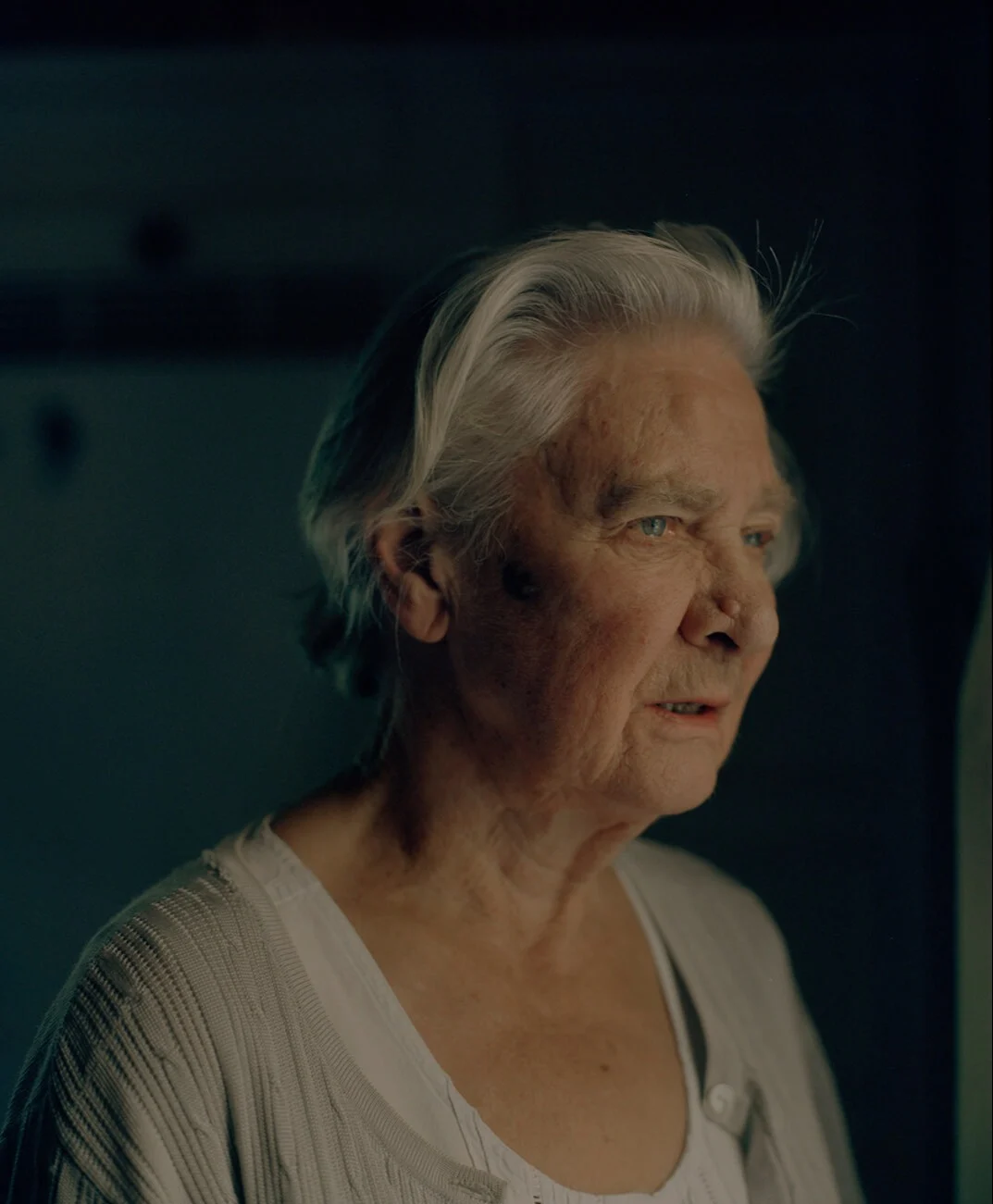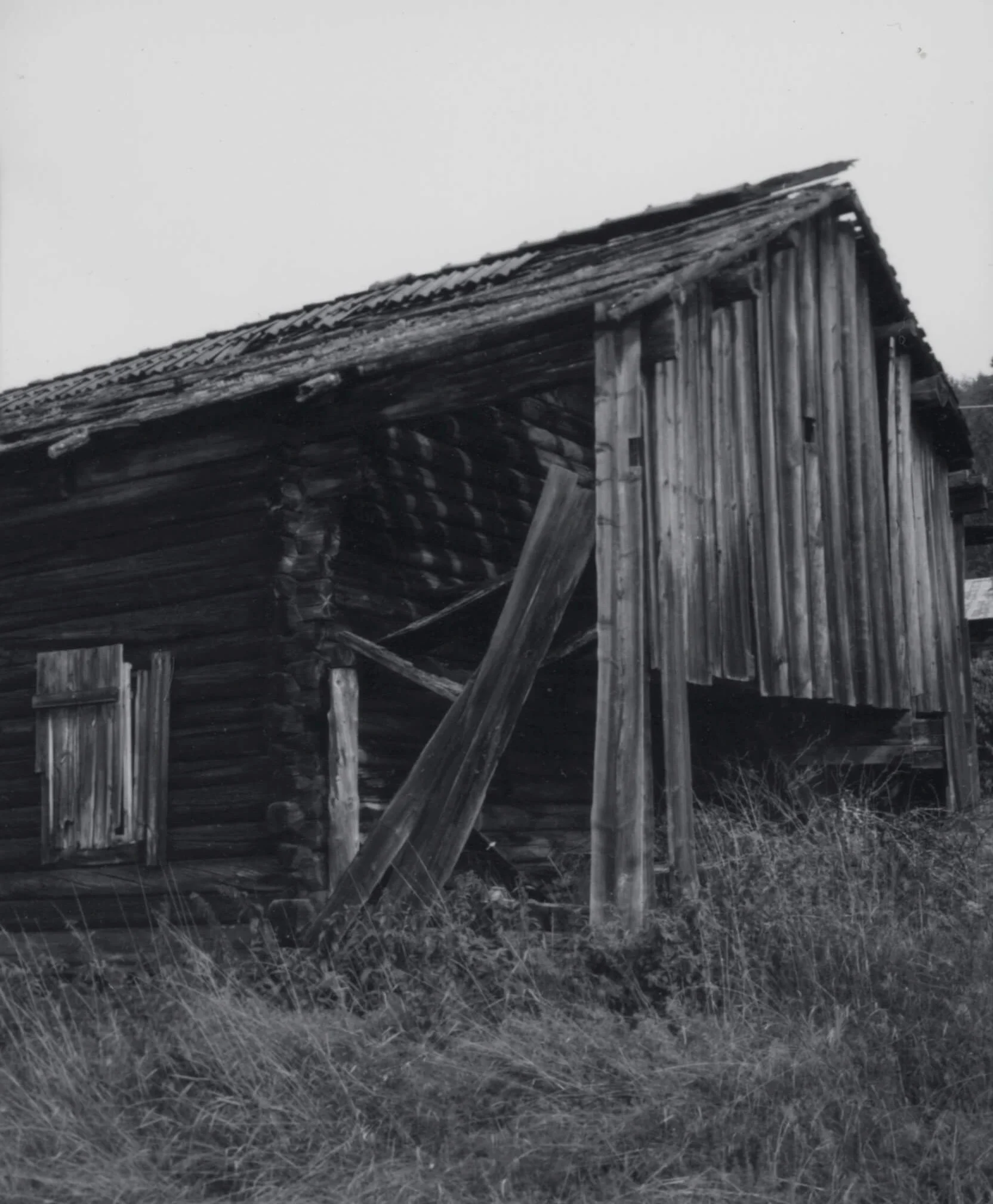
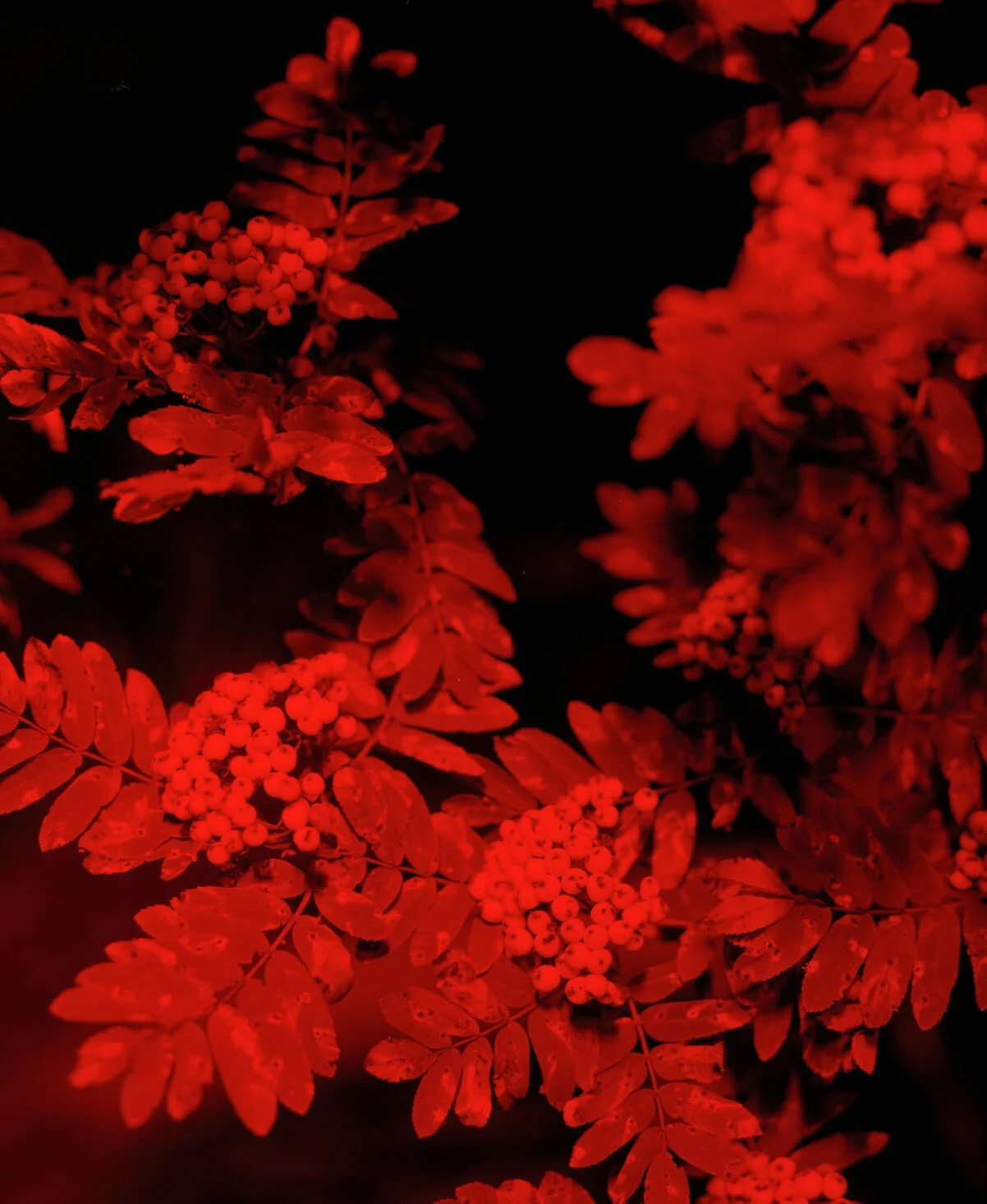

Maja Daniels' obsession with a 12-year-old Swedish witch
Furthering her exploration into the relationship between mythology, photography and language, Swedish photographer Maja Daniels returns to a small village in Sweden to continue the project that she couldn’t let go.
In early 2019, Maja Daniels released Elf Dalia, a book that captured the attention and imagination of everyone that laid eyes on it. It was a story of heritage, mystery, folklore, and myth. In 1668, in the village of Älvdalen - a small parish shrouded by dense green forest in the centre of the country - a 12-year-old girl named Gertud was accused of walking on water. Hysteria ensued and Gertud, along with 19 other women and one man, was executed for practicing witchcraft. This little known chain of events reverberated throughout the world and is even credited with leading to the infamous Salem witch trials almost 30 years later.
The legend has persevered, passing through the ages and into the personal histories of the townspeople. It’s a story that Maja learnt through her grandparents, both locals of Älvdalen who speak the ancient dialect of Elfdalian - an old Norse language all but lost now - that only adds to the village’s mysticism.
Bewitched, Maja worked for three years on a series that uncovers the truths, fictions and folklore of Älvdalen. She interspersed her own documentation with the work of historian and photographer Tenn Lars Persson, who lived in the area in the early 1900s.
But Maja wasn’t finished.
The strange wonder of Älvdalen, its mysteries and its ancient Elfdalian language had taken hold of her. Captivating and unsettling, there was something that she could not shake. And so she returned.
This new body of work dives deeper into the mysteries Älvdalen, further exploring the idea of myth, and the notion of photography as a visual dialect used to create our own folklore. Here too sound is important; the fable of language used to translate the then to the now, from myth to some form of spoken reality. “Oral traditions exist around the myth, but myths exist within the boundaries of the unspoken,” Maja says. “It is open to interpretation but it refuses to be fully locked down or understood. It is in some ways resisting. The core of what is expressed in an image lies somewhere in the unseen, in the shadows or between the images, in their silent associations.”
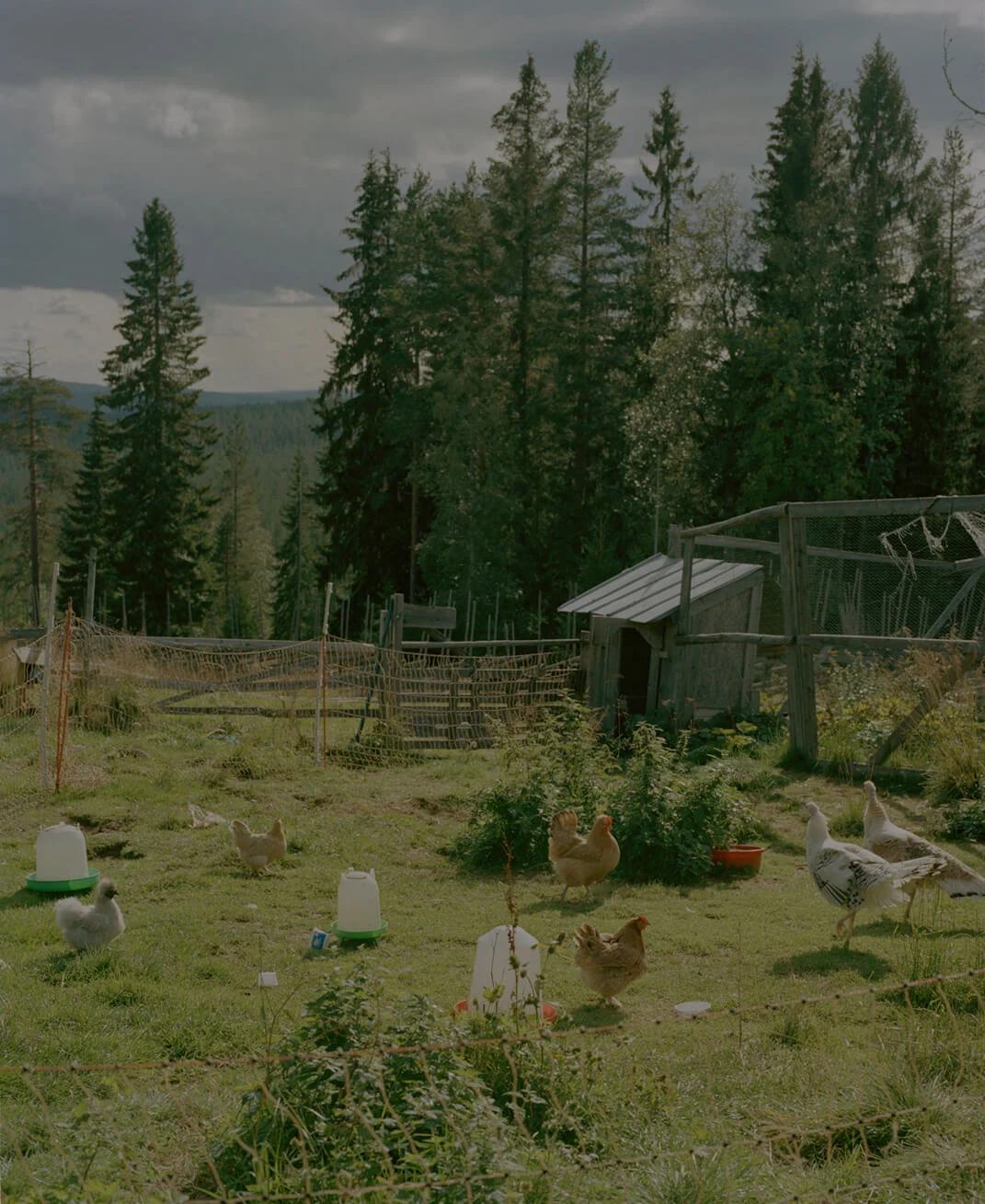
What’s particularly interesting in this place is the language that is spoken by my grandparents but that I don’t speak myself. It’s called Elfdalian and it’s the closest you can get to Old Norse
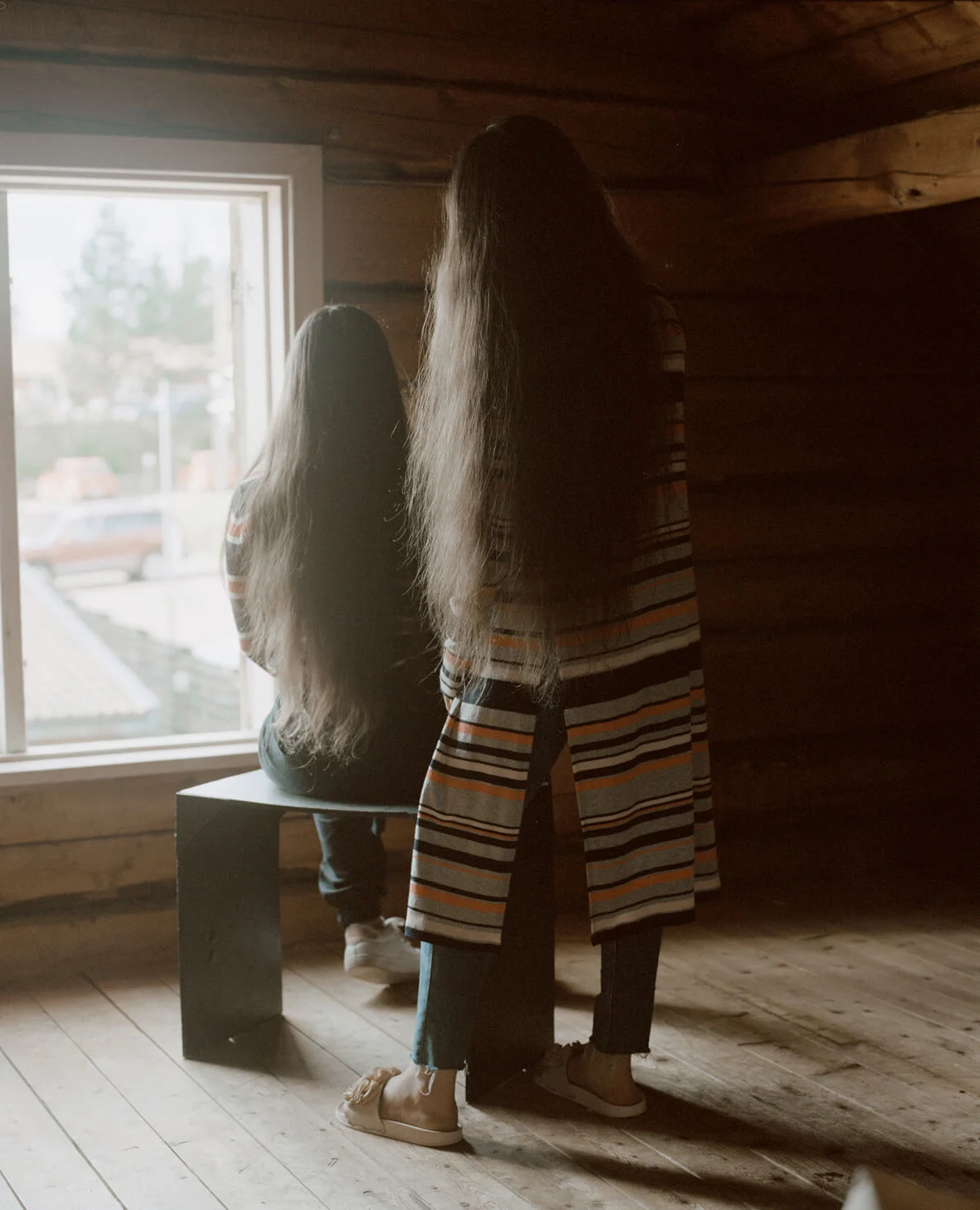
There’s a story of this 12-year-old girl called Gertrude who lived in Älvdalen in the mid-1600s and she was accused of walking on water. That event was the starting point or the ignition for the Swedish witch hunts
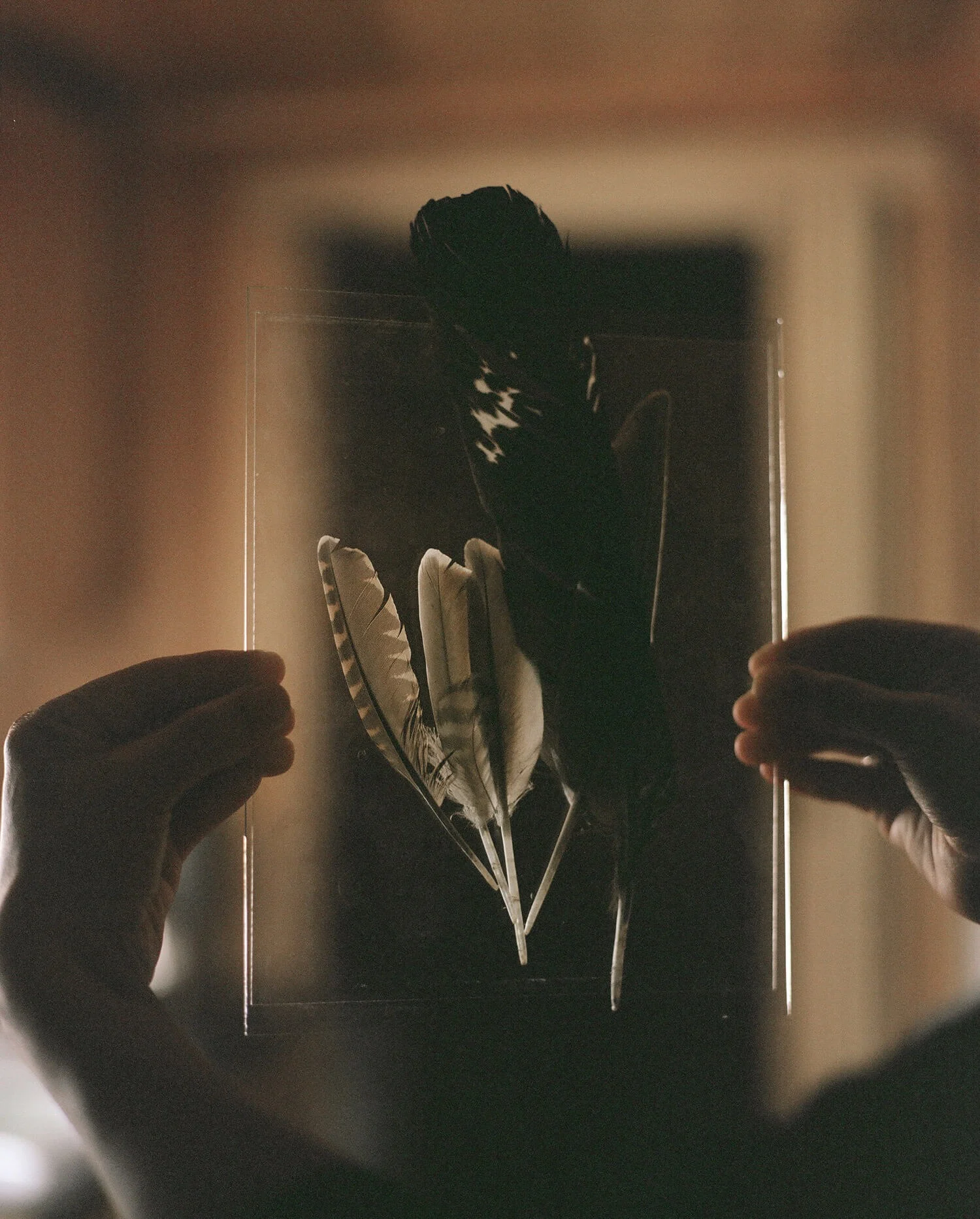
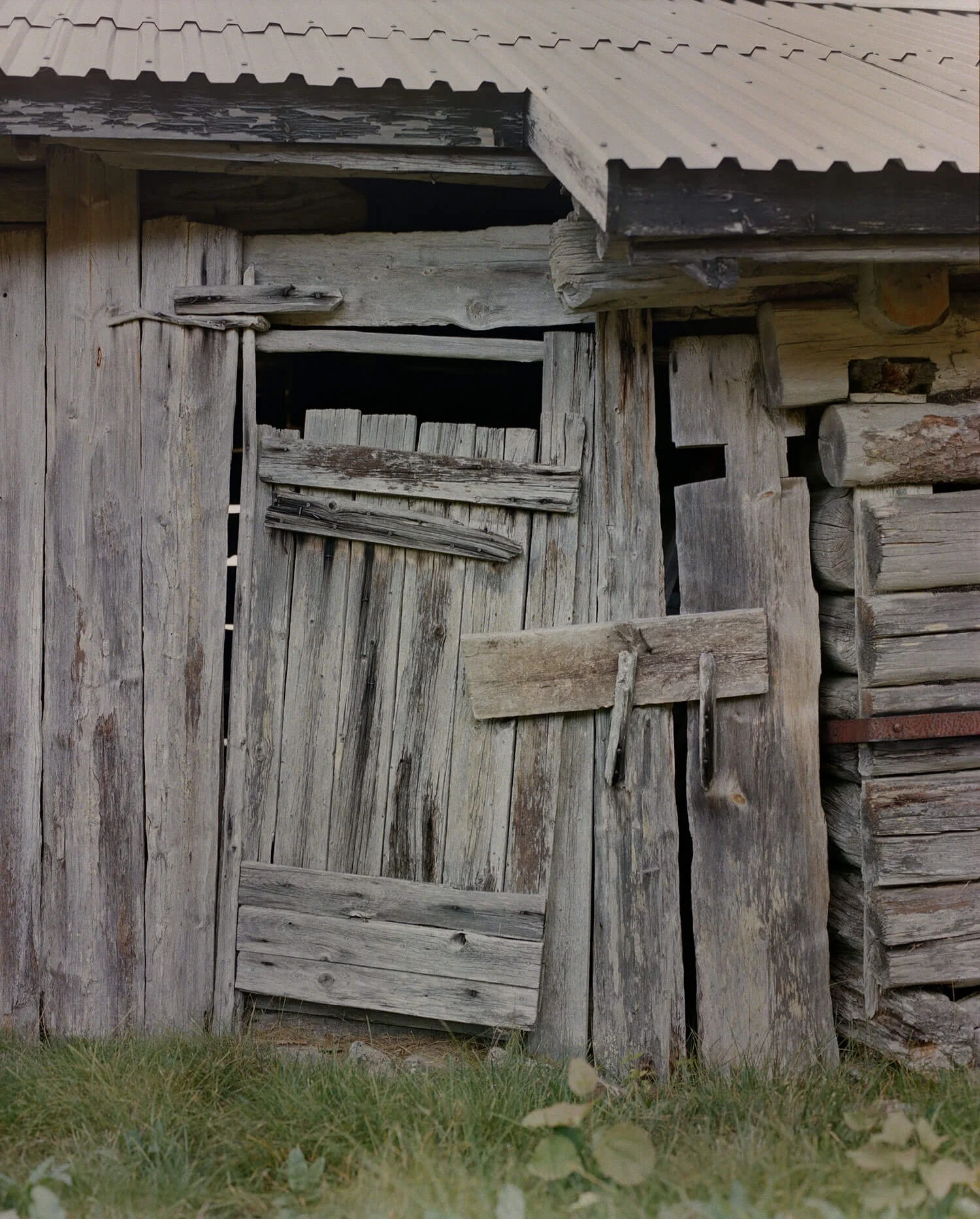
Most of the interpretation of a photograph has to come from the viewer and so the core of what is expressed within an image really lies in that unseen, what we don’t see in shadows or in the silent association

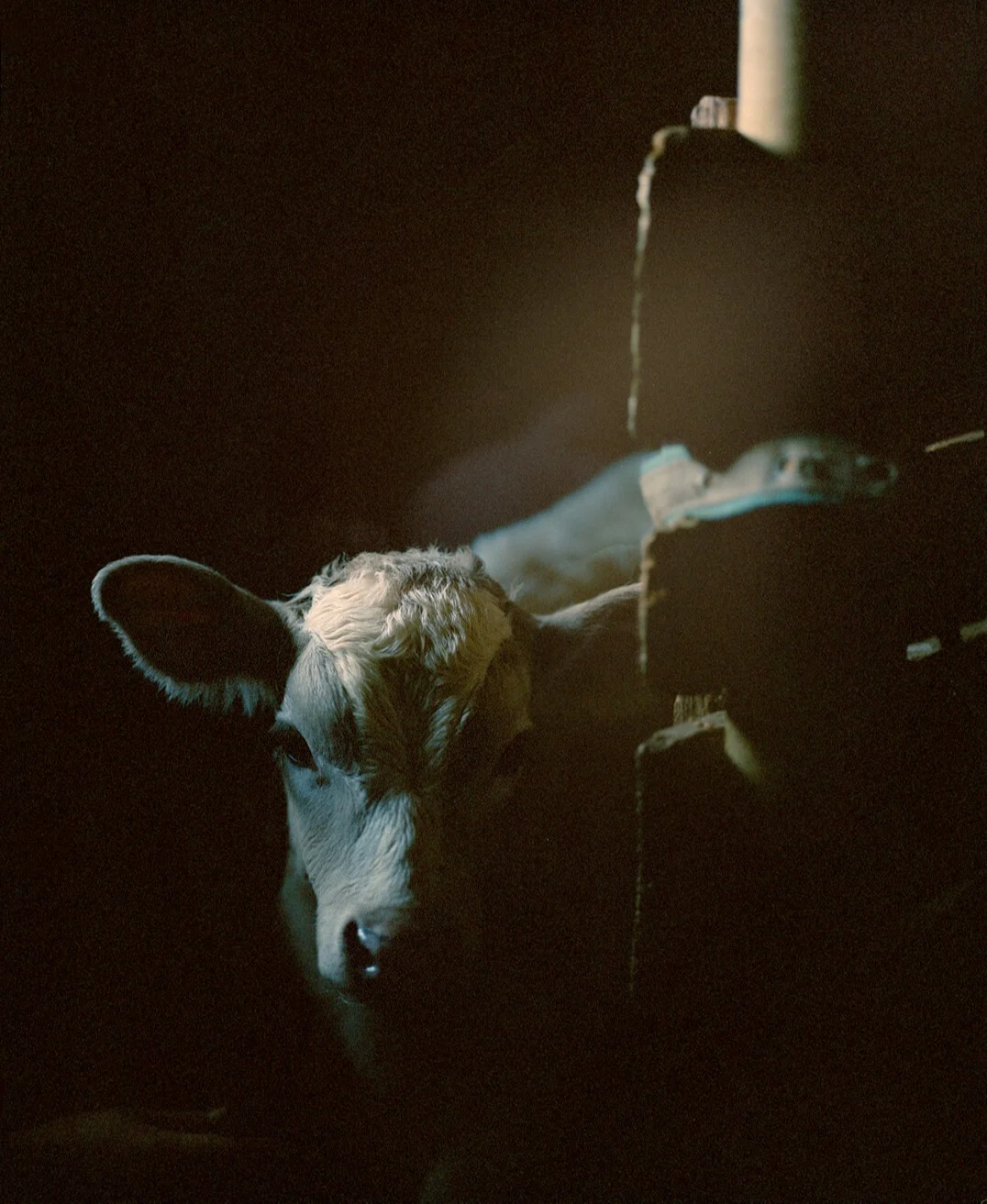
The connection that was made with Tenn Lars’ work was instant when I first saw his images. There was something that made me feel like I had come home, or that I had arrived at a place that I knew already
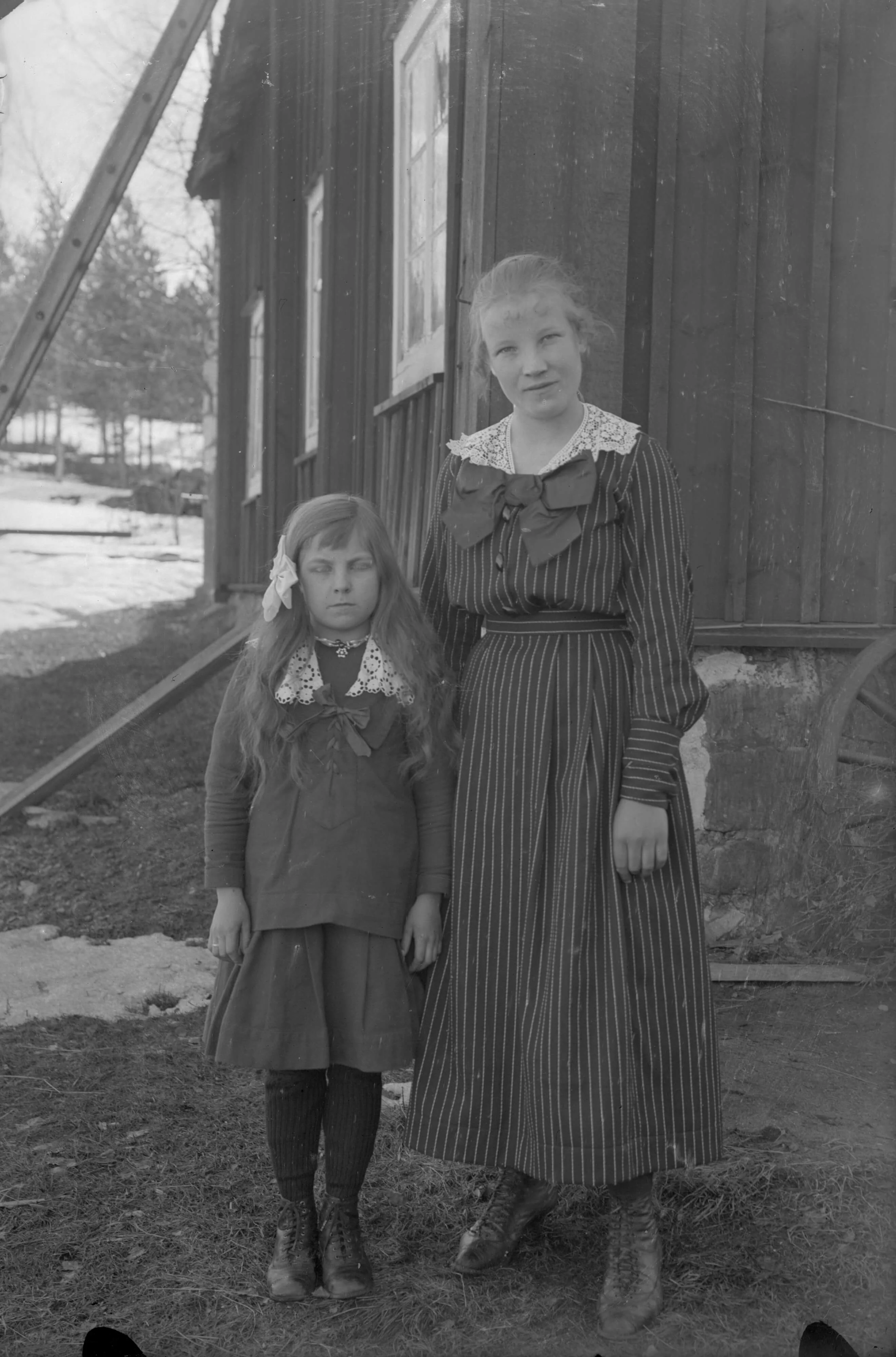
There’s something that happens when the viewer is forced to create these connections, and then I activate the viewer as well and they become part of some sort of strange dance with me

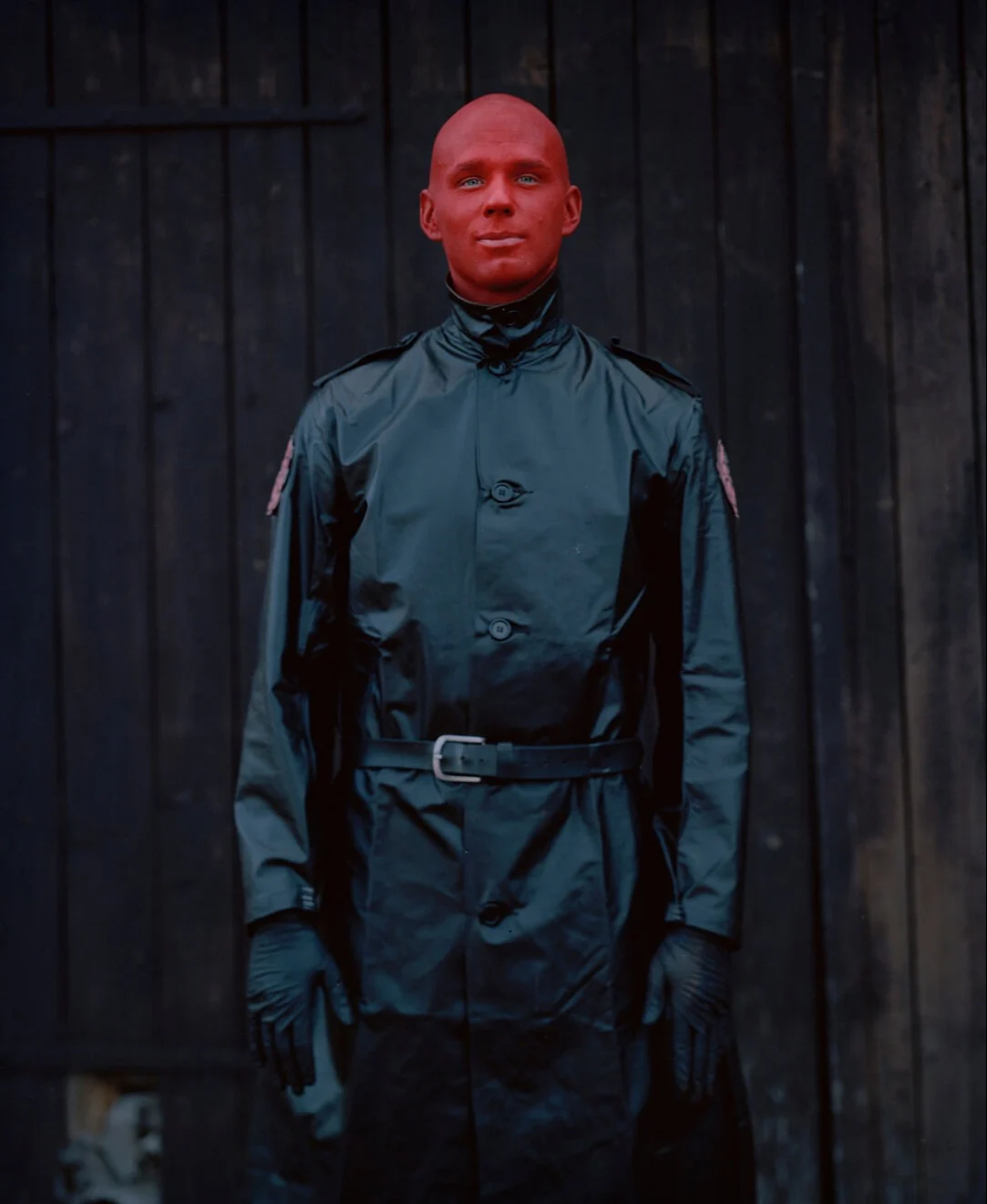
What matters the most to them is being there, and engaging and being curious
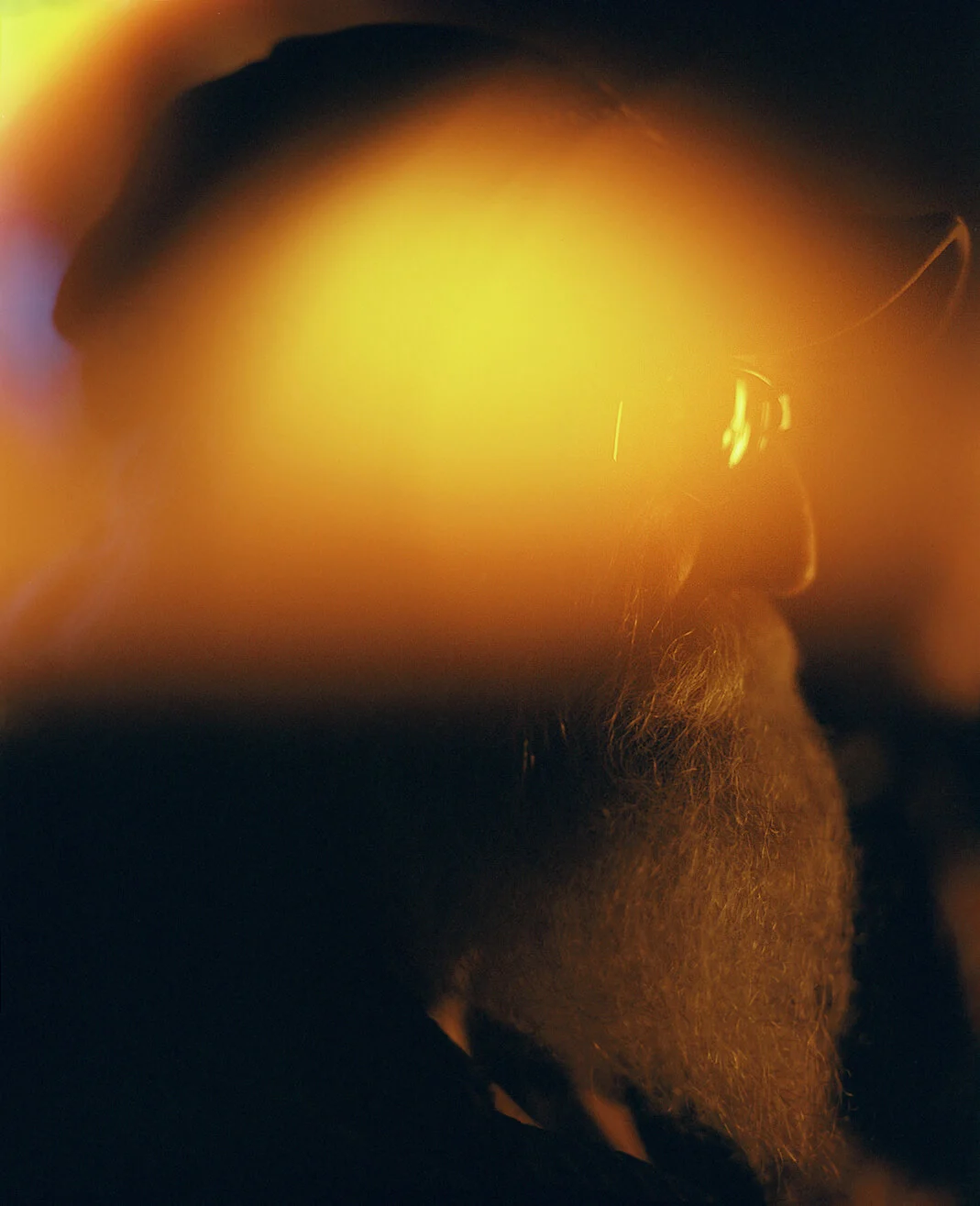
I’m going into a dimension that’s more creative and imaginative, one where I’m allowing myself to be inspired by some of the myth of the region
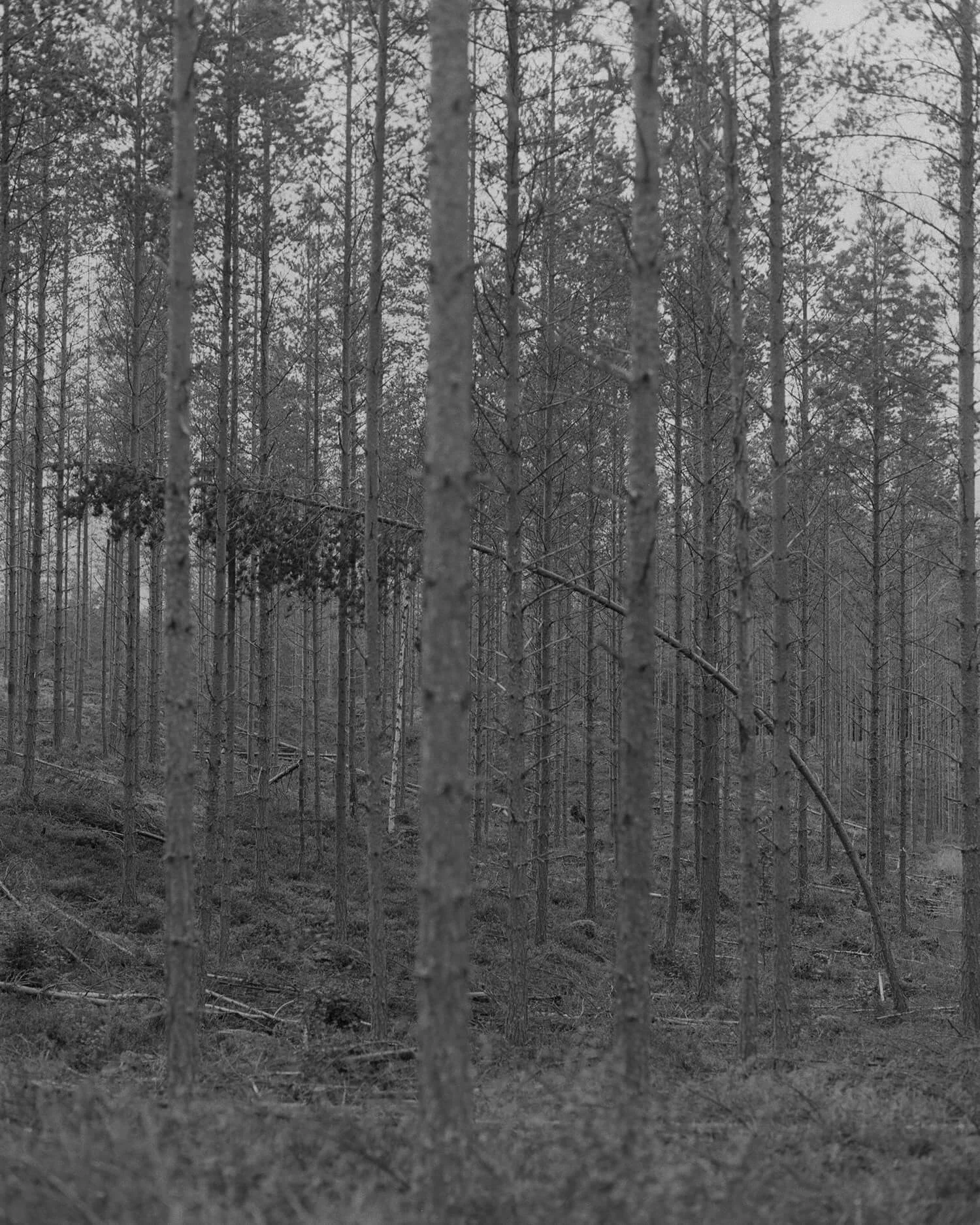
I think it does affect the way you make or construct an image. It’s less about just clicking away and more about considering the shot before you actually take it
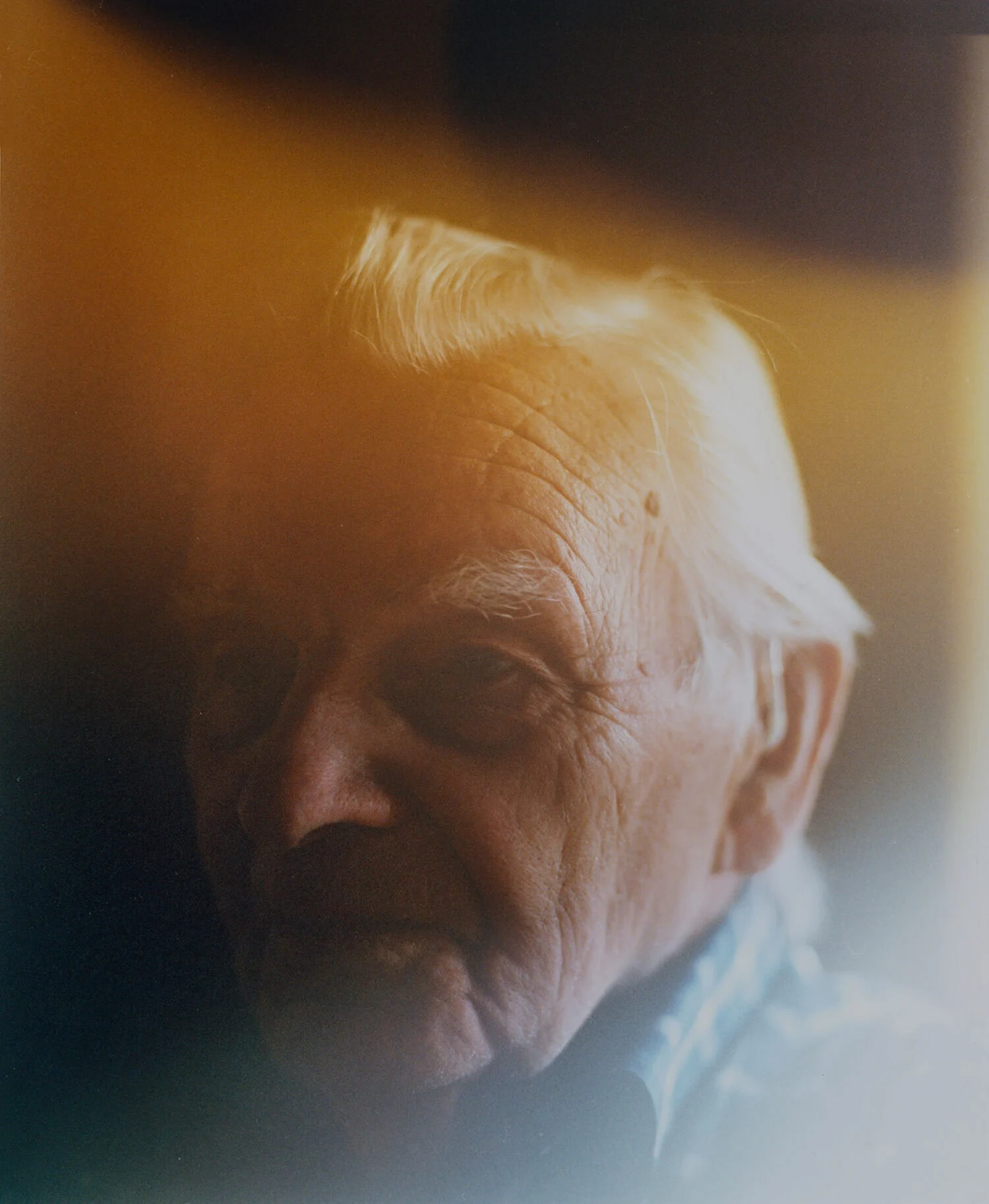
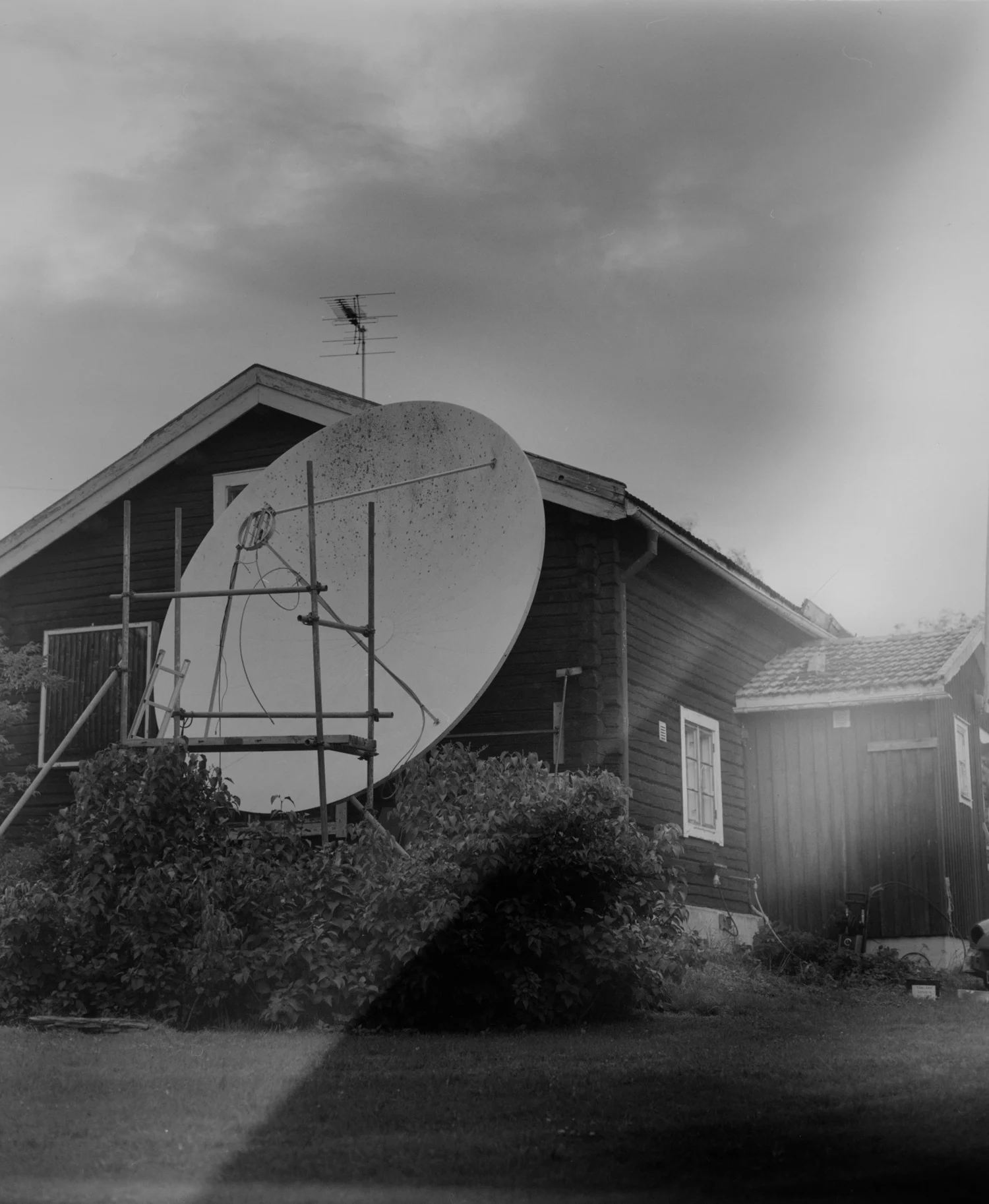
The less I’m involved in representation, the more I move into imagination, the more free I become
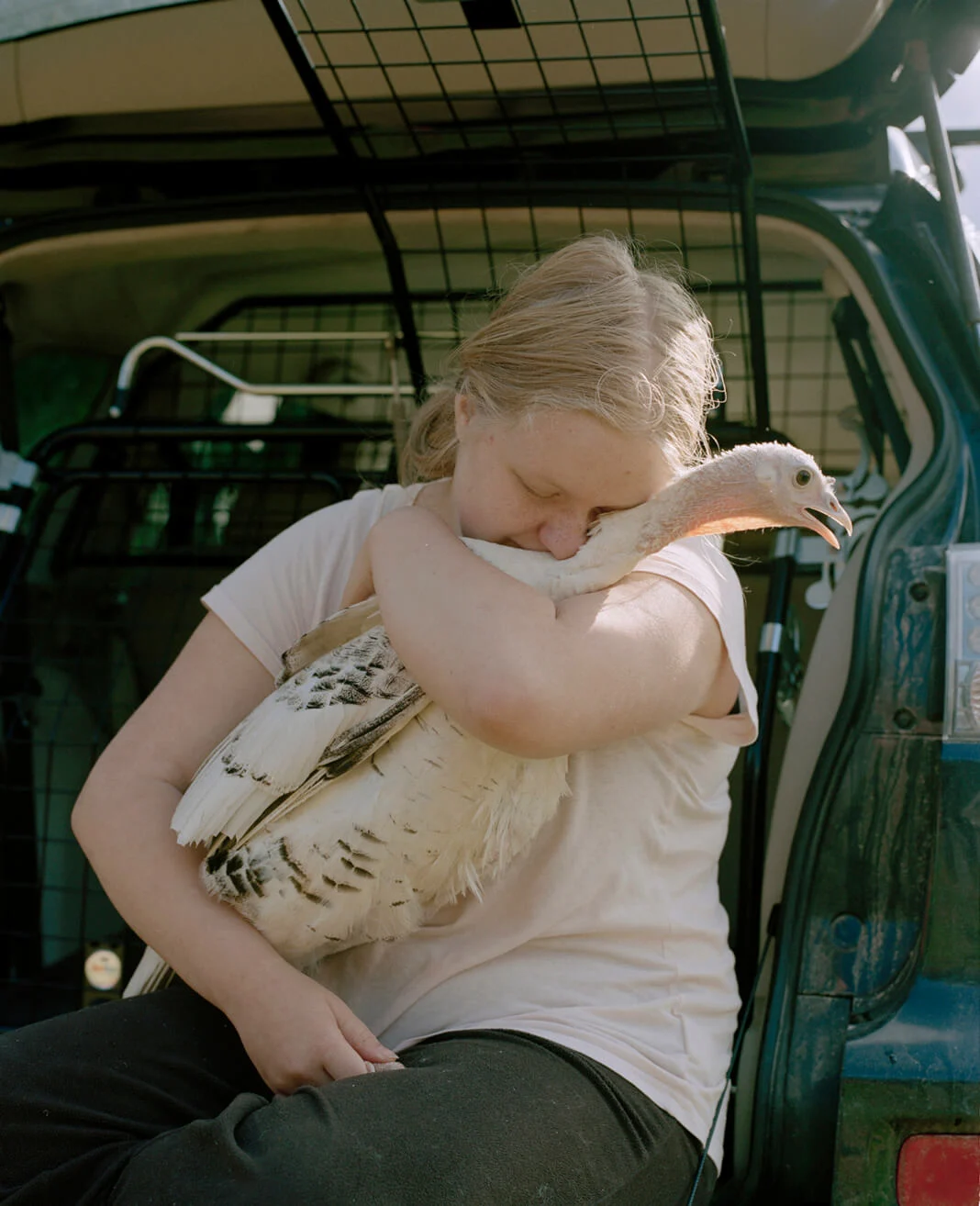
In a way, this idea of the finished is becoming less and less relevant to me. It’s about building and accumulating and allowing for the previous work to affect the new work
